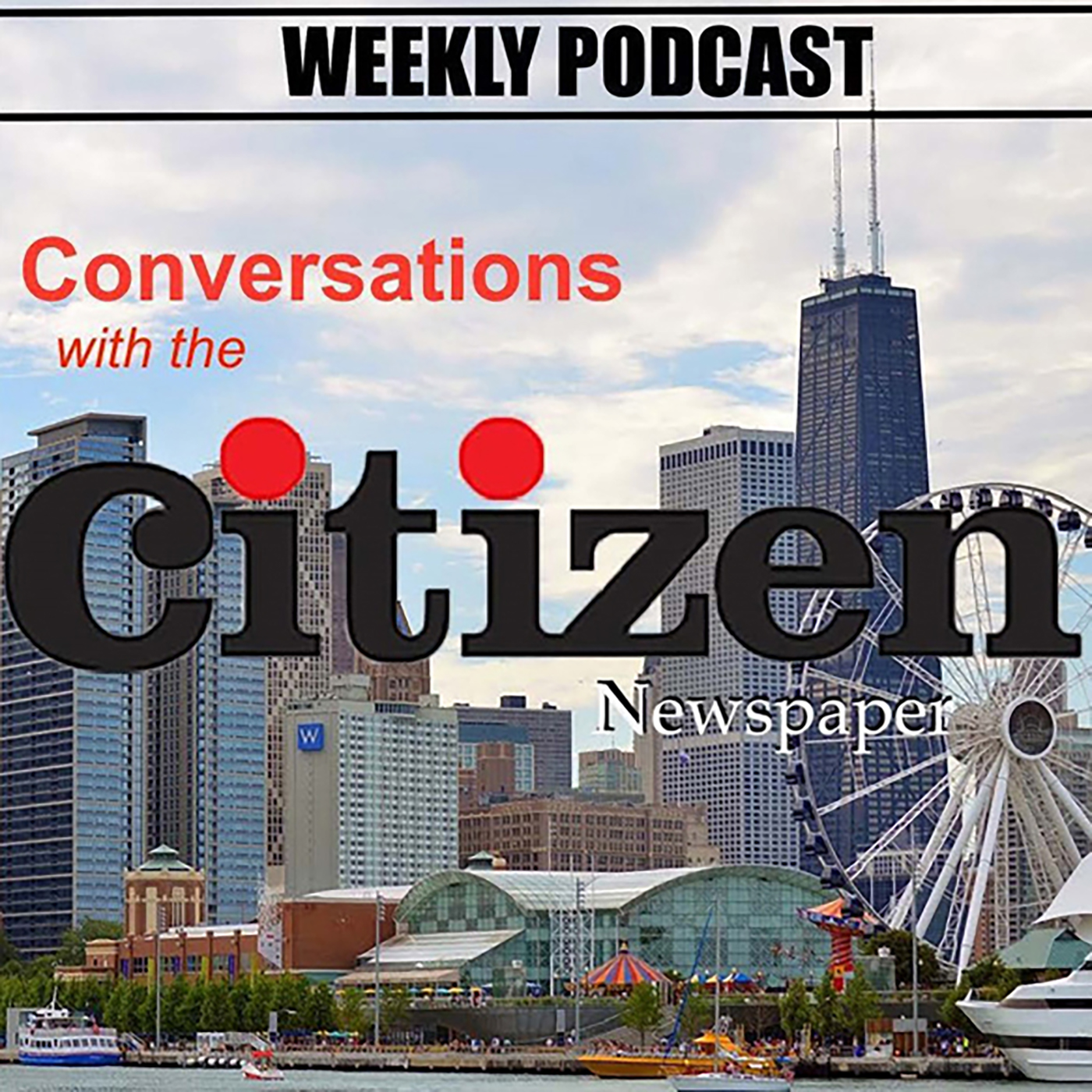Pritzker now says budget can include added $350 million for K-12 schools
Illinois House Democrats speak at a recent news conference at the Illinois State Capitol. House Democratic Majority Leader Greg Harris, left, gave an update on budget negotiations as Gov. JB Pritzker spoke at a separate news conference in Chicago, giving his support to increasing K-12 education funding by $350 million this year. (Capitol News Illinois photo by Grace Barbic)
In his February budget proposal, Pritzker originally proposed
flat spending for education, citing “financial uncertainty”
amid the COVID-19 pandemic.
It would have been the second consecutive year in which
the state failed to add $350 million to the funding formula – a
number written into state statute as a goal aimed at driving new
money to the districts that are furthest from funding “adequacy.”
Adequacy is based on a number of factors, including class
size and local capacity to fund a school district.
“Parents, students and educators can breathe a sigh of relief,”
Pritzker said in a recent unrelated news conference. “As an
education advocate myself, I am really all too happy that our
improved economic and fiscal condition allows us to increase
educational funding.”
The announcement comes following the latest report from
the Commission on Government Forecasting and Accountability,
which cited improved revenue numbers for the current
fiscal year as the state works toward a full economic recovery
from the pandemic.
Per that report, after revenues fell by $2.74 billion last April,
base general fund revenues in April 2021 grew $1.779 billion,
in part because April income tax payments were delayed one
year ago.
“While the full story of FY 2021 revenues has yet to be
written, given the onset of the pandemic, receipts clearly have
performed much better than any prognosticator could have
foretold one year earlier,” the COGFA report stated.
“Despite periodic upward revisions in the revenue projections
throughout the course of the fiscal year, each time those updated
expectations have been met and exceeded,” the report continued.
The Illinois State Board of Education, in appropriations hearings
in the House and Senate earlier this year, pushed back on
the governor’s initial proposal to keep funding flat. Leaders in
the General Assembly from both parties have done the same.
ISBE requested a 4.6 percent funding increase for FY 2022,
including asking for an added $362.1 million to the evidence-
based funding formula and $50 million in added early
childhood education grants.
Their request would put their state general revenue funding
– which is the state’s main discretionary spending account – at
about $9.3 billion.
Pritzker did not give details on the proposed ISBE budget, aside
from giving his support to the $350 million in added funding.
Per the budgeting process, both Houses of the General
Assembly must approve a spending plan, then Pritzker would
have the opportunity to sign or veto it.
House Majority Leader Greg Harris, D-Chicago, in a news
conference that occurred in Springfield at the same time Pritzker’s
was going on in Chicago, said lawmakers are well into the
process of planning a budget for the upcoming fiscal year. He
said he was optimistic about the latest COGFA report, but the
state’s financial picture is still somewhat bleak.
“Revenue has continued to perform very, very well,” Harris
said. “The economy of the state of Illinois has been performing
better than we had expected. And to be honest, we initially
planned for this year very conservatively, not knowing what
COVID would bring.”
Federal stimulus packages, including the recent American
Rescue Plan signed by President Joe Biden, have aided the
state’s recovery, Harris said.
“It’s given families some disposable income, that has allowed
them to go out and spend, you know, to support their families,”
he said. “And that has in turn, raised our income taxes
and our sales taxes in the state.”
Lawmakers will have to project whether the rosy revenue
projections for the end of this fiscal year will carry on into the
next fiscal year.
“We’re seeing some very good numbers in the state,” he said.
“That being said, we still are looking at next year, a budget
deficit of about $1.4 billion that we’ll have to solve for, and
some new revenue could certainly help that. But it’s not going
to solve the entire problem.”
One key part of the governor’s proposal to balance the budget
is to make several changes to the corporate tax structure
– changes he calls closing corporate tax “loopholes,” which
Republicans call important business “incentives.”
While Pritzker signed off on a number of those corporate
tax cuts or credits in his first year, Harris said budgets are
“dynamic things,” and changing revenue pictures mean cutting
expenditures.
“But the most important thing is we’ve got to protect the state
budget, we’ve got to protect our core functions,” he said. “We’re
happy to sit down and negotiate with the Republicans and the
Democrats in the Senate, and if it’s a will of folks to keep those
in, I think that’s what all of us would be willing to do.”
Latest Stories
- ATTORNEY GENERAL RAOUL CHARGES WOMAN FOR STEALING NEARLY $250,000 THROUGH STATE TREASURER FRERICHS’ UNCLAIMED PROPERTY PROGRAM
- Black American Contractors Excluded from Federal Contracts with GSA are Sounding the Alarm
- Customers urged to stay connected if they are behind on bills Residential heating bills were $75 lower this winter
- UNCF – THE UNITED NEGRO COLLEGE FUND – ANNOUNCES QUARLES’ STEVEN HUNTER TO CHAIR 2024 “A MIND IS…” (AMI) GALA CHICAGO
- MAYOR JOHNSON ANNOUNCES PROPOSED CITY ASSISTANCE FOR FOUR LOOP ADAPTIVE RE-USE PROJECTS
- HEALTH GROUPS FILE SECOND LAWSUIT AGAINST THE US FDA
- Second Annual African American Conference: Releasing The Silence and RACEing into Action Against Alzheimer's and Dementia
- Applications Are Open For The University Of Chicago’s Youth Internship Program
- She Owns It, She Biz Conference Set For May 17th
- African American Owned Bowa Construction Leading Home Court Project
Latest Podcast
Sydney Blaylock-The local skater with national experience

